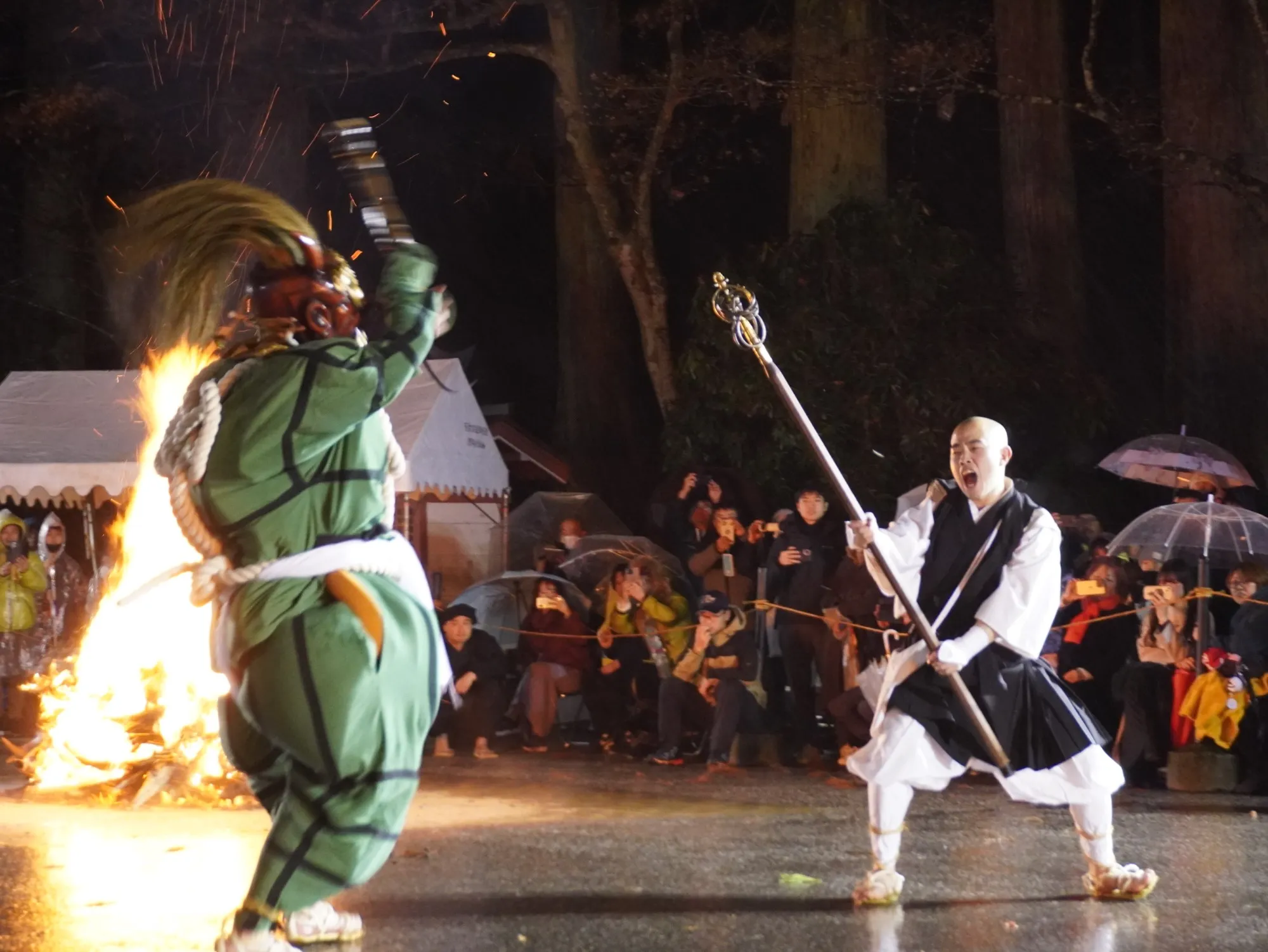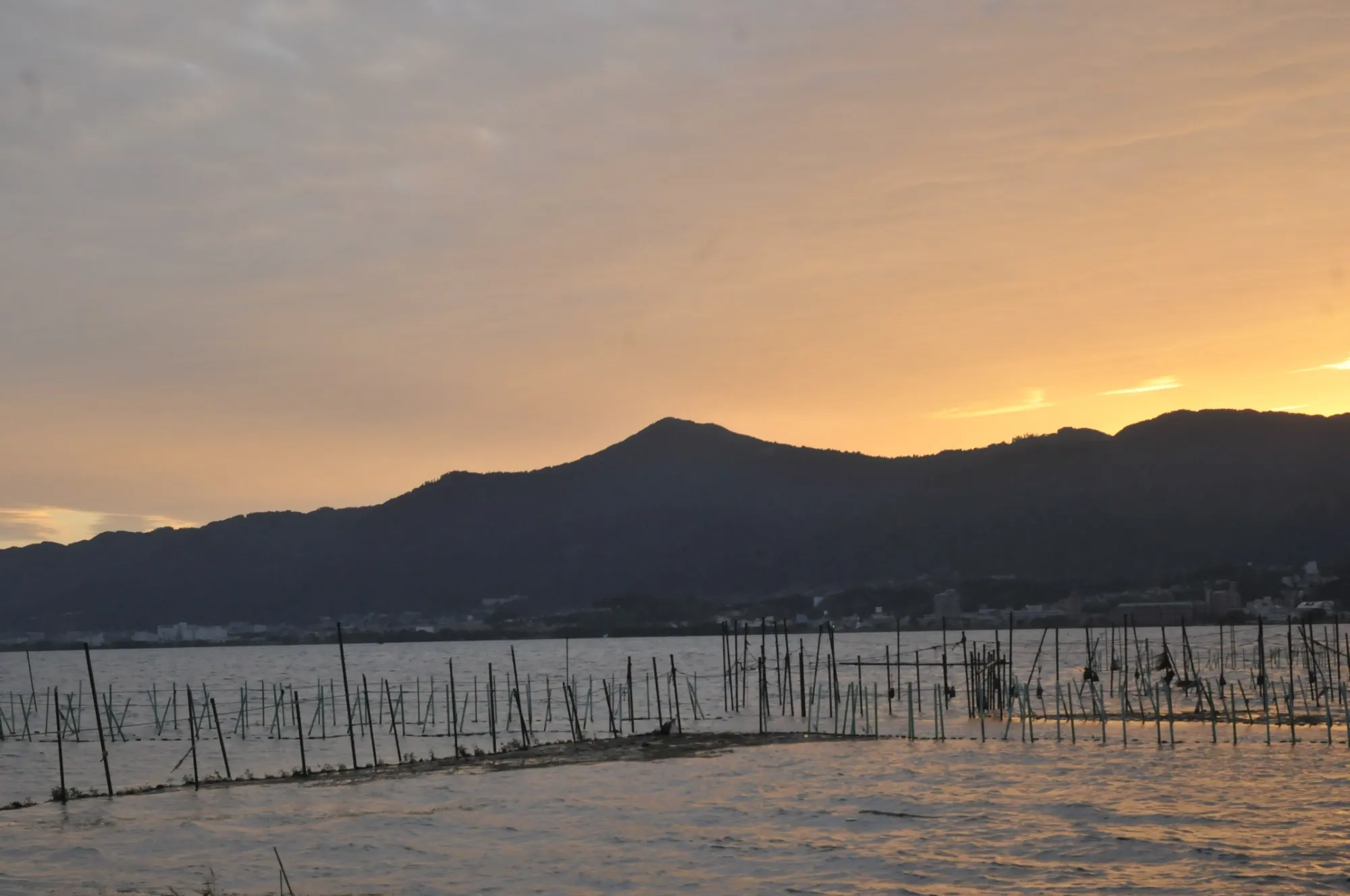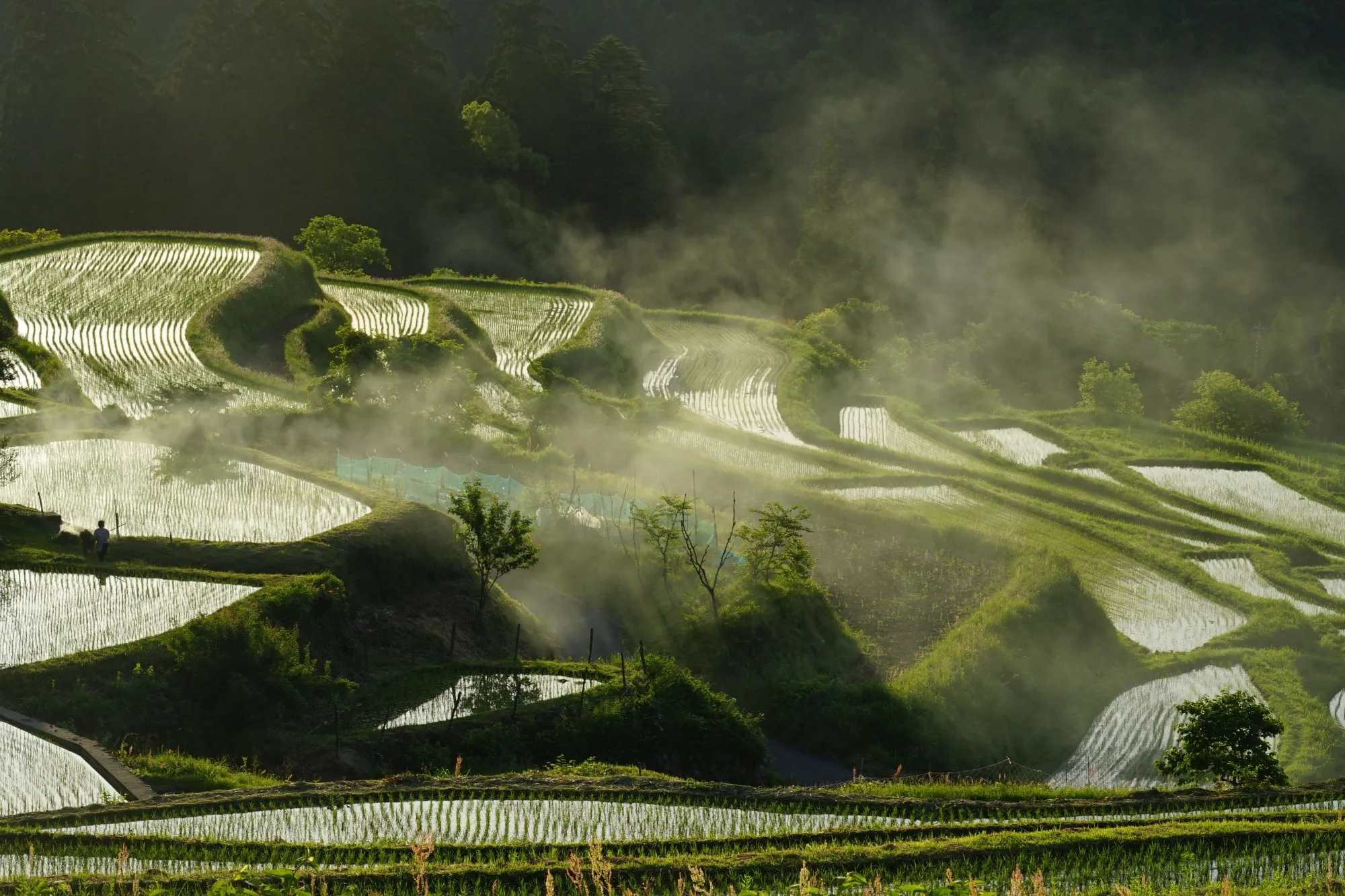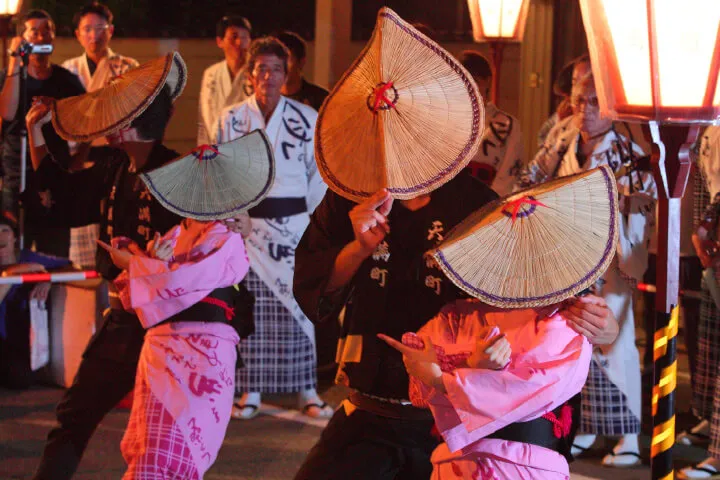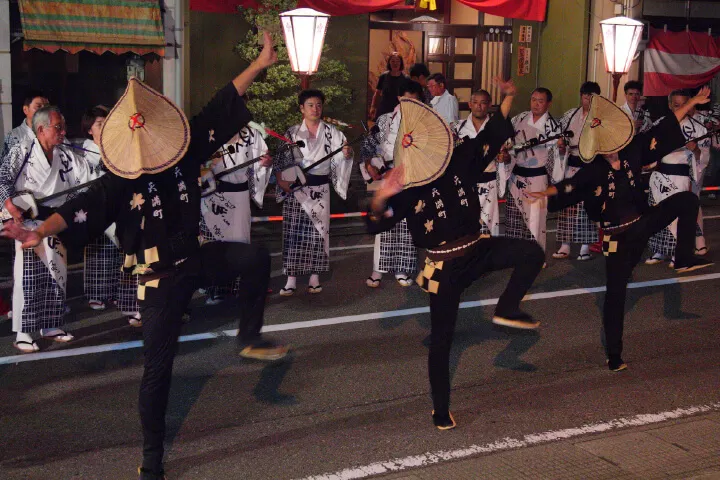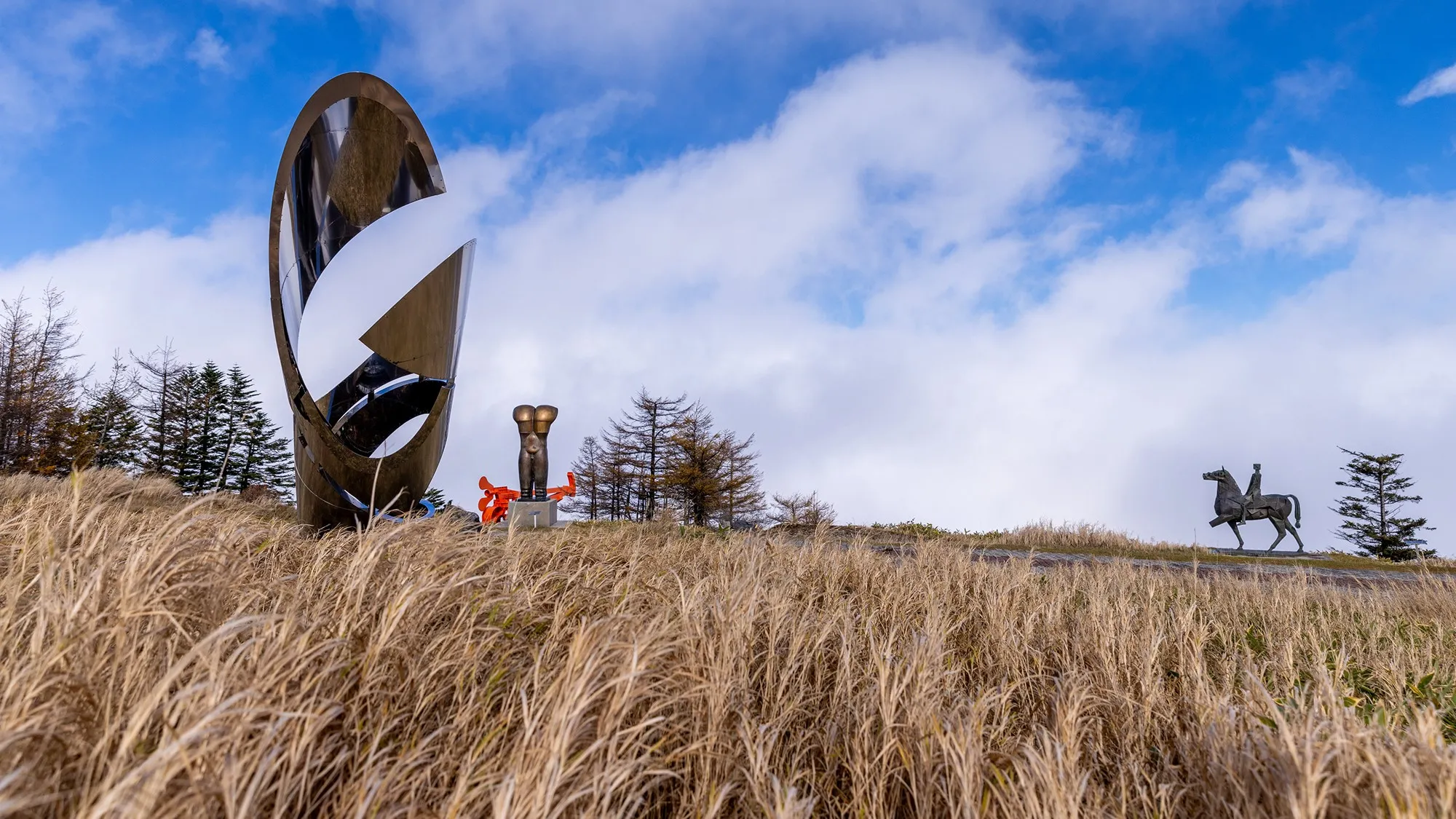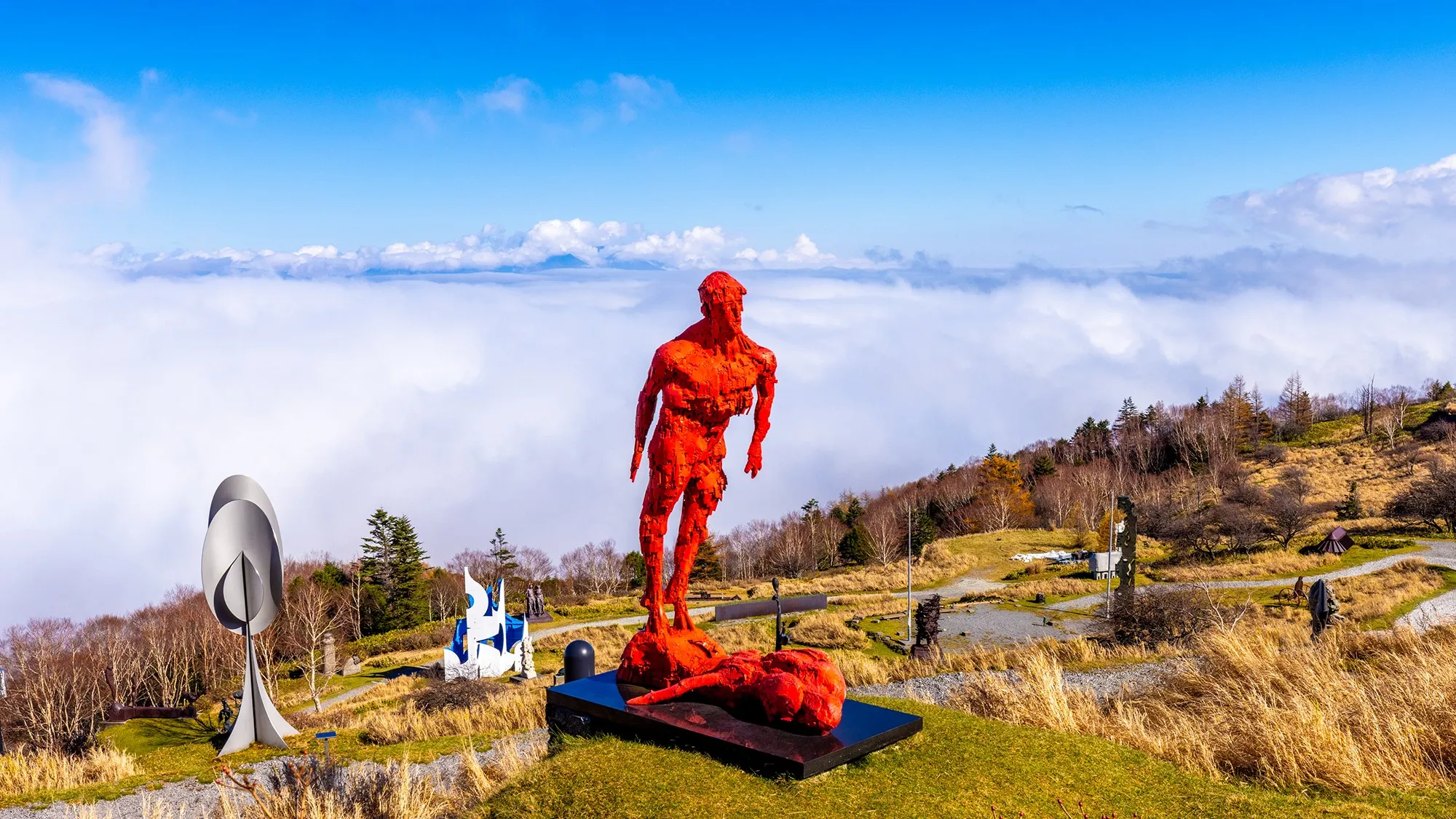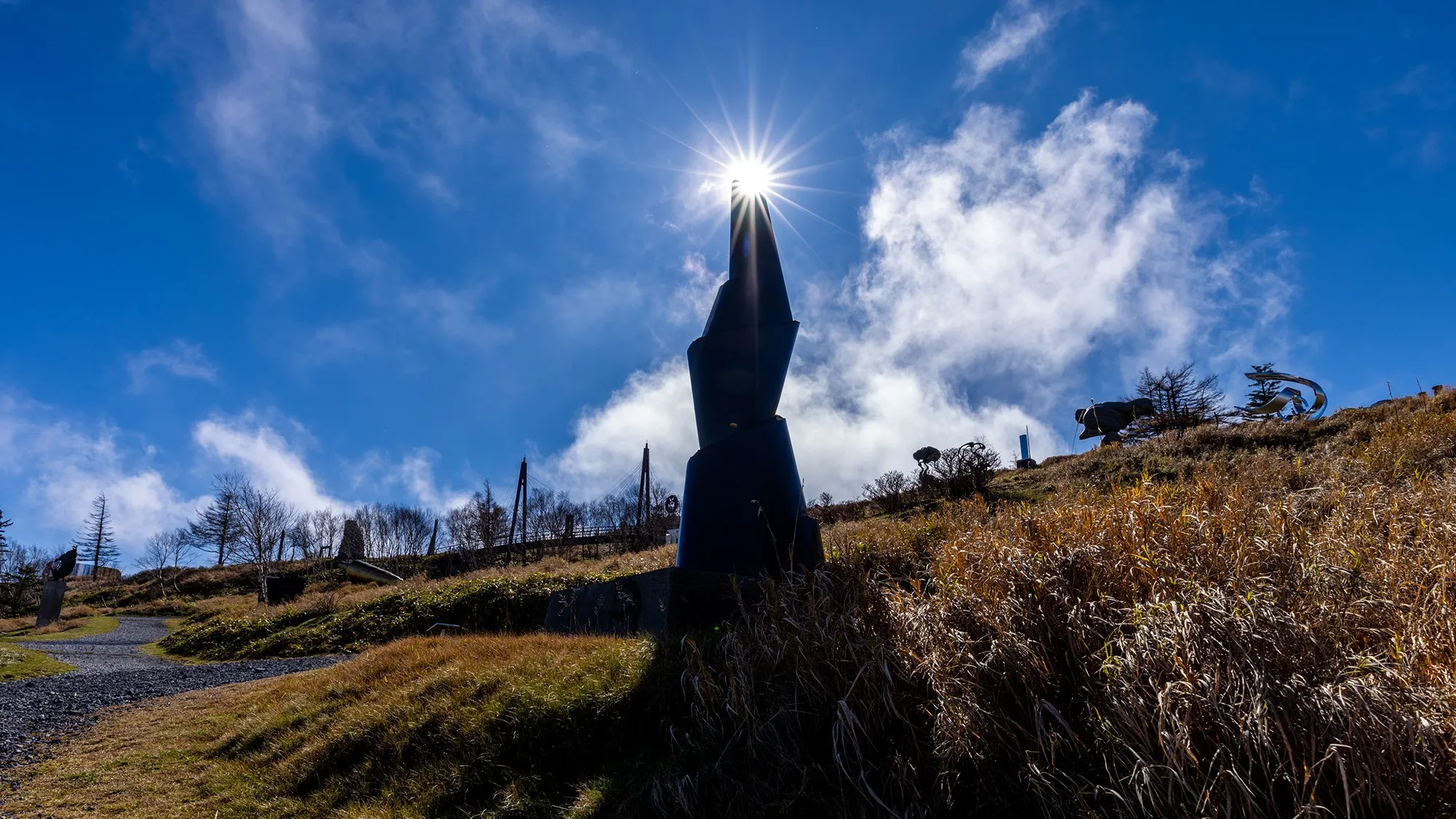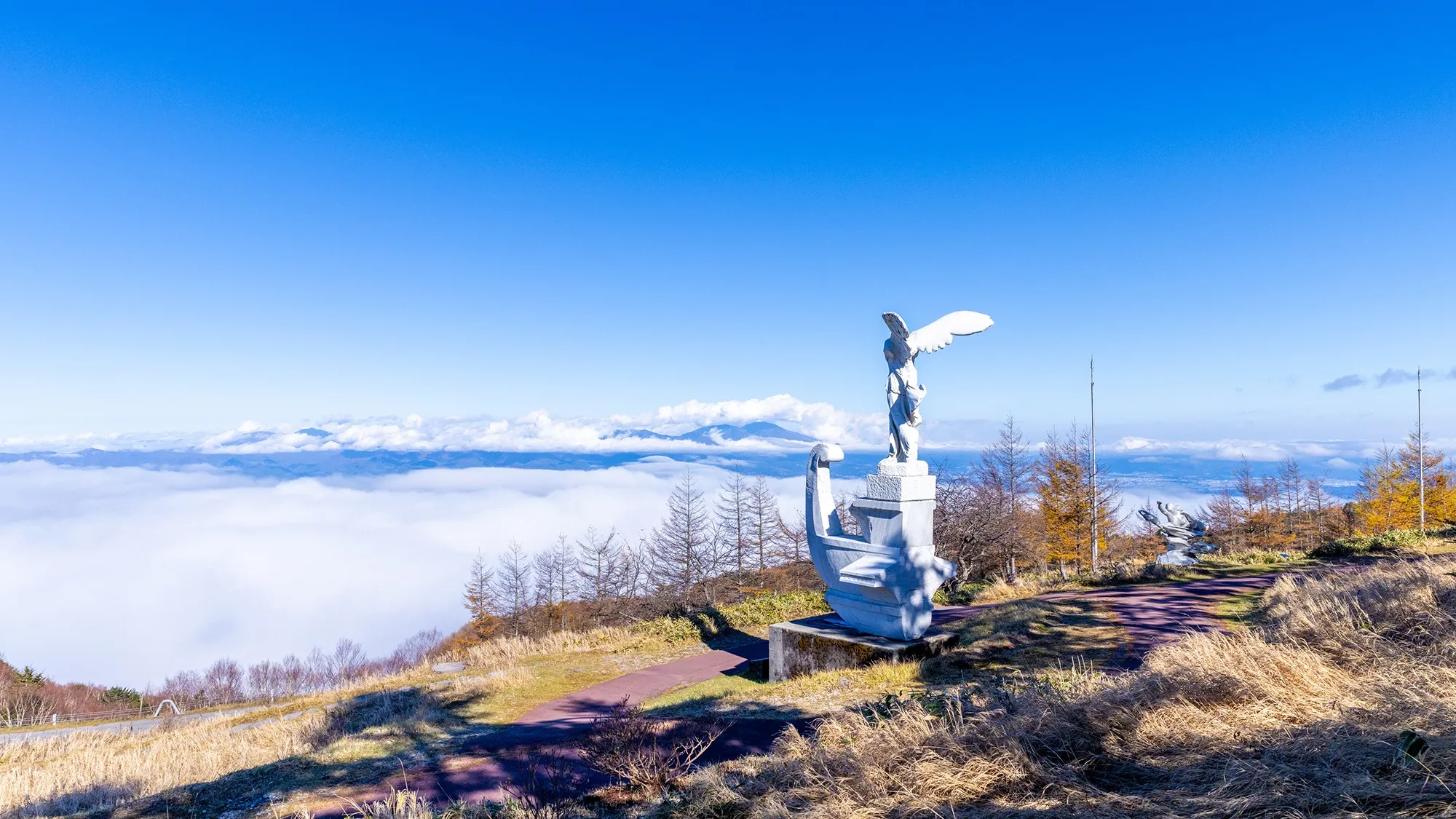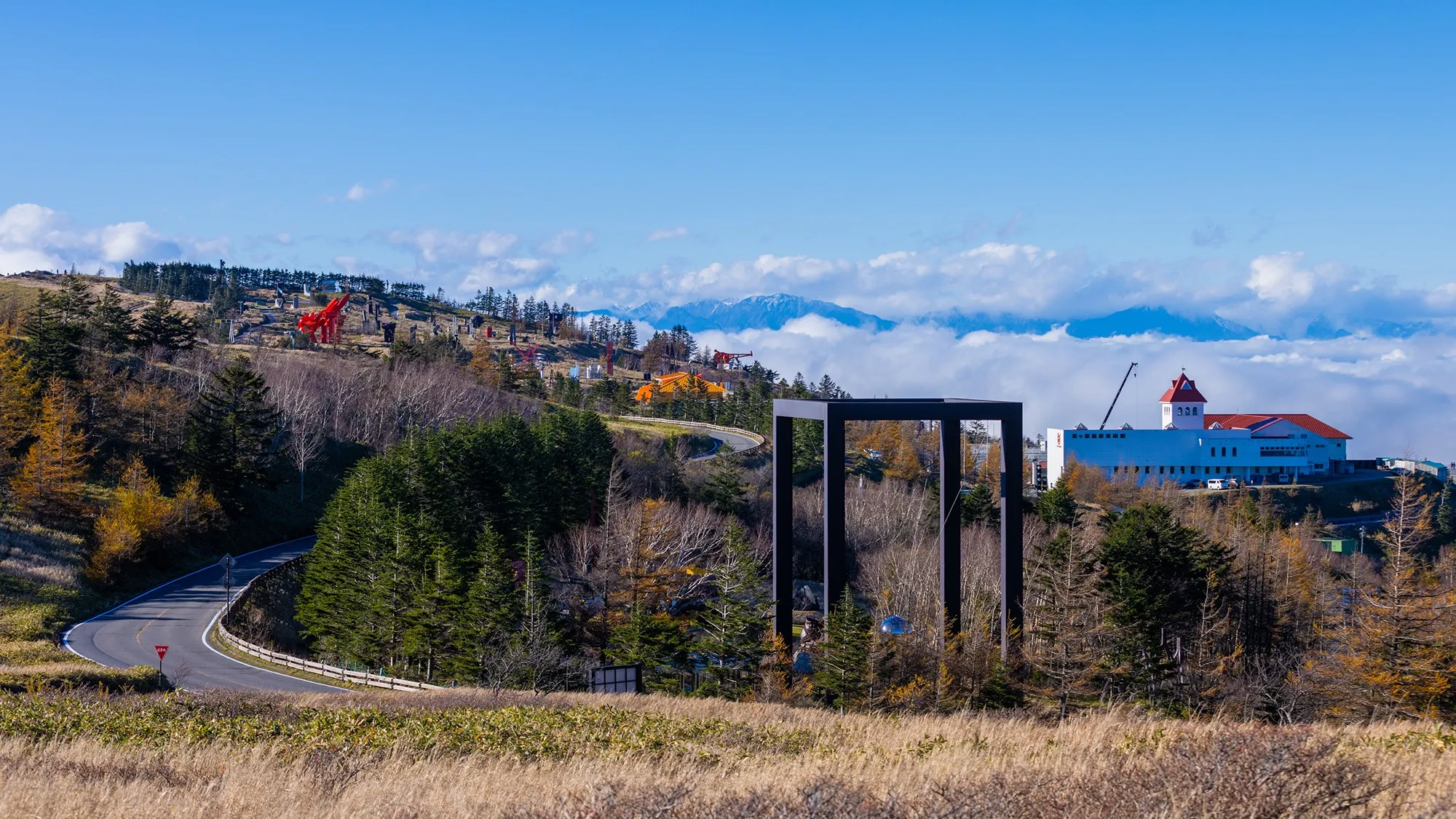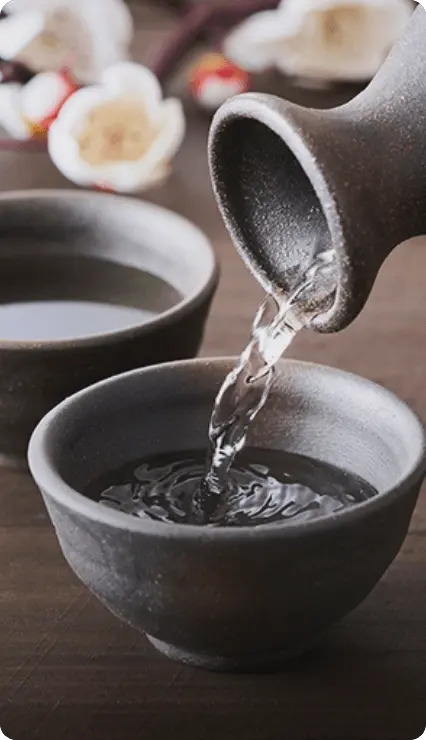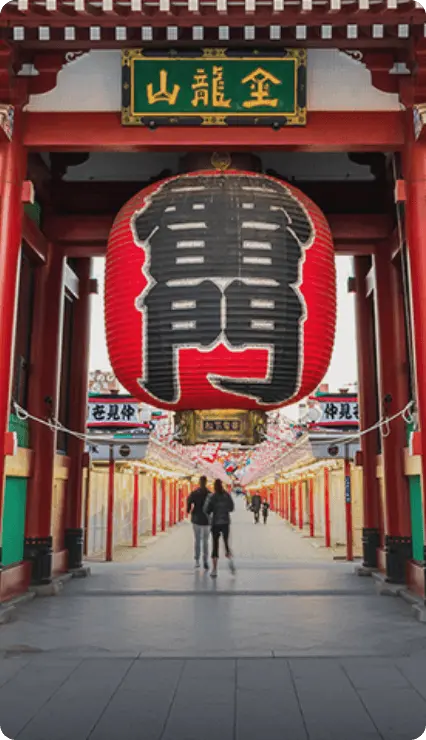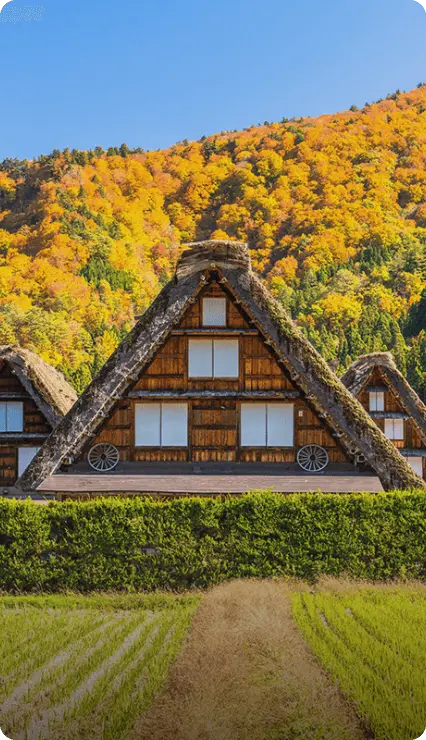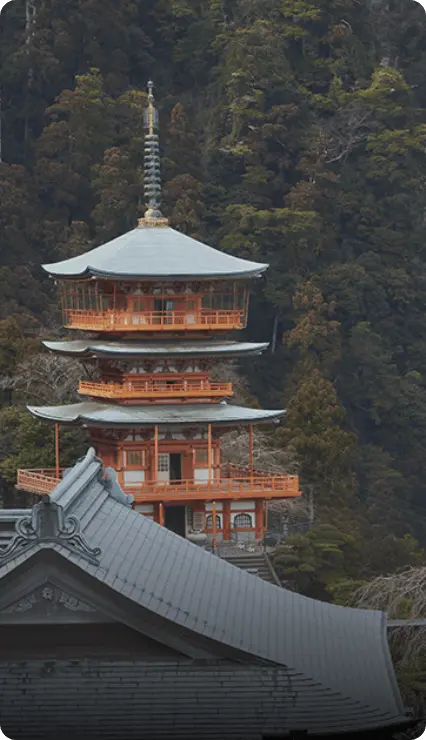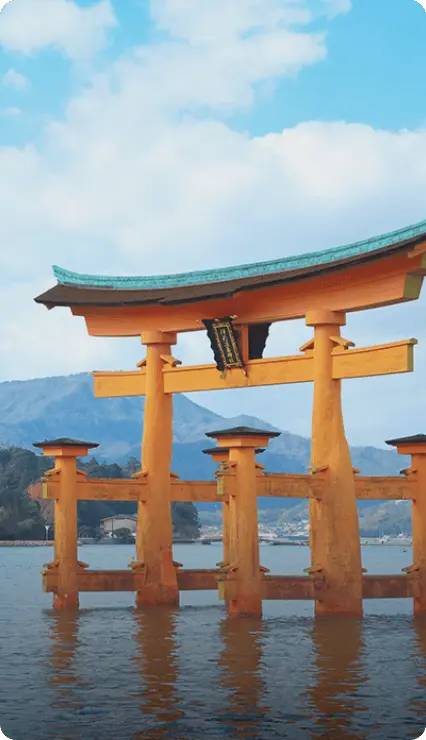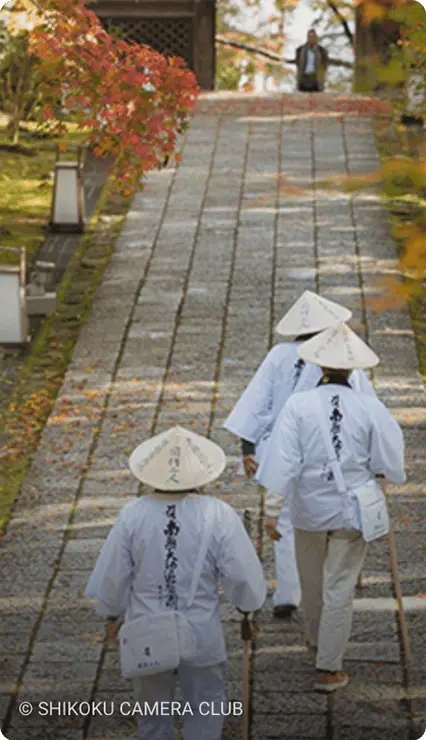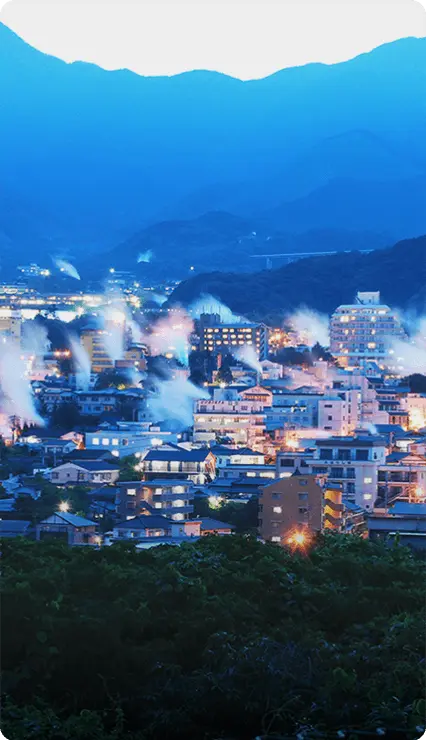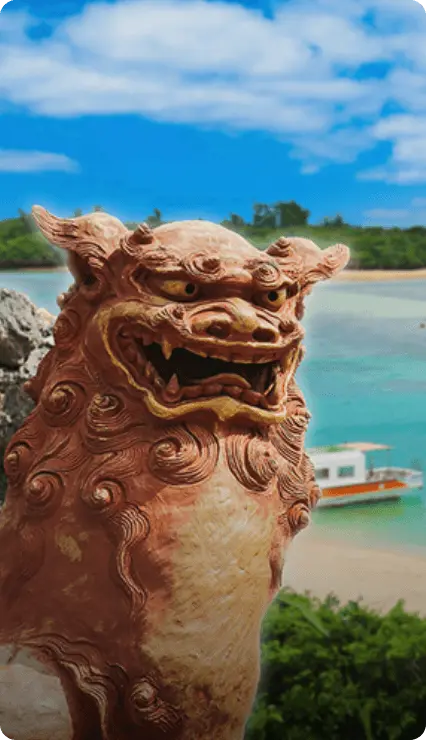Echoes of tradition and beauty, from scenic falls to sacred temples: CENTRAL JAPAN GUIDE

Produced for Japan National Tourism Organization by

Please always refer to the latest government advice before booking travel and departing on any trip.
-
Always the centre of attraction, Central Japan oozes personality and character. But do you really know everything about it? Well, there's more magic than meets the eye.
-
Encompassing nine prefectures, Central Japan entices with mist-shrouded mountains, cascading waterfalls, and tranquil temples hidden deep within ancient forests.
With major hubs such as Nagoya, Kyoto, and Osaka nearby, this region's many picturesque villages open a window into Japan’s cultural soul, where nature and art come together in perfect harmony. Whether you're walking spiritual paths or encountering breath-taking outdoor art installations, you'll come across a landscape brimming with adventure and timeless tradition.
-
Shiga Prefecture
-
Just an hour and 20 minutes east of Kyoto by local train, the sprawling spiritual heights of Mt. Hiei Enryakuji Temple, a Unesco World Heritage site that was once the hub for rigorous monastic training, sits more than 800 metres above sea level amid maple trees that turn a fiery red in autumn. Nearby Sakamoto Temple Town, fed by mountain streams and resplendent with lush cherry blossoms in spring and autumn foliage, was the preferred residence for Enryakuji's retired monks. Tracing their footsteps along the town's ancient moss-covered stone walls, visitors inevitably arrive at the former Chikurin-in temple, admiring its immaculate garden with quiet contemplation just as the monks have done.
-
Northwards, in Takashima, the terraced Hata Rice Fields perch on steep mountain slopes. Visit during the day and you might see farmers practice ancient agricultural techniques such as haza rice drying, where sheaves of harvested rice are hung in layers on bamboo racks to dry in the sun. Once a common autumn scene across Japan, they are now a much rarer sight reserved for small, inaccessible fields.
-
Fukui Prefecture
-
Further north in Fukui, the Fukui Prefectural Dinosaur Museum stands in the vicinity of the Kitadani Formation, Japan’s largest excavation site where about 80% of the country’s dinosaur fossils have been unearthed. Expect to see 50 full-size skeletons, including the Fukuiraptor and Fukuisaurus, along with interactive exhibits and a fossil lab.
Nearby, Heisenji Hakusan Shrine captivates visitors in a different way with its moss-draped grounds and giant cedar trees. Founded in 717AD, the shrine was once a major pilgrimage site blending Shinto and Buddhist spiritual practices and home to about 8,000 warrior monks. Today, the shrine honours Izanami-no-Mikoto, the Japanese deity of creation, and draws couples seeking blessings for their families and future generations.
-
Ishikawa Prefecture
-

-
From Fukui, an approximately 35-minute ride on the Hokuriku Shinkansen brings you to Kanazawa, home to the impressive Kanazawa Castle Park. Once the seat of the Maeda clan, the castle has been meticulously reconstructed after multiple fires, with skilled craftspeople reviving traditional techniques to restore its turrets, walls, and gardens. The Gojukken Nagaya Warehouse in the centre of the castle park has been carefully rebuilt to reflect its original 1850s structure. Visitors can also view intricate displays and models, showcasing the various restoration techniques employed.
Outside of the city centre and located in the serene foothills of Mt. Hakusan, Natadera Temple is characterised by towering rock formations and moss-covered cliffs created by centuries of volcanic activity. Established in the year 717AD by the monk Taicho, the temple blends nature with spirituality. The honden (main hall) is set against the rock wall and features intricate carvings by 17th Century master craftsman Yamagami Zen’emon. Visitors can also explore the Iwaya-tainai-kuguri cave, where the temple's principal object of worship, the Eleven-faced Thousand-armed Kannon, is enshrined.
-
Toyama Prefecture
-
The journey to discover Central Japan's cultural wonders continues east towards Toyama, where the Oiwasan Nissekiji Temple invites visitors to experience a special kind of meditation – underneath a waterfall. In the embrace of the lush forest, crisp waters cascade down on worshippers with rhythmic force, drenching their white robes in a powerful ritual of renewal. Established in 725AD and fostered by the Maeda clan, the temple also displays Japan’s largest cliff-carved Fudo Myo-o, a guardian deity believed to guide spiritual travellers on their path to enlightenment.
A short trip southwest takes you to Yatsuo, a traditional townscape in Toyama city, where the Owara Kaze-no-Bon Festival, with roots tracing back to the 18th Century, is held every September. After sunset, lantern-lit streets and graceful dances enchant as locals pray for protection from typhoons and keep the age-old tradition burning bright.
-
Nagano Prefecture
-
Continue your journey south into Nagano to witness the whimsical architecture of the Fujimori Terunobu teahouses in Chino on an exclusive tour. Perched among treetops at a height of six metres, Takasugi-an (the Too-Tall Teahouse) offers spectacular views of the Yatsugatake Mountains. The tour also includes a stop at the nearby Flying Mud Boat—a plump tea house suspended in mid-air—and culminates in a matcha ceremony inside Hikusugi-an (the Too-Low Teahouse). Visitors not joining the tour can still admire these architectural wonders from the outside.
Next, journey to Utsukushigahara Open-Air Museum, set on a 2,000-metres high plateau. Stroll through more than 250 contemporary sculptures, from César’s giant “Thumb” to the wind-powered kinetic art of Shingu’s “Astral Compass”. With wildflowers in the foreground, savour panoramic views of the Japan Alps as nature meets art.
-
Shizuoka Prefecture
-
At the base of Mount Fuji, Shiraito Falls in Fujinomiya offers a serene spectacle, with water cascading like delicate silk threads over a 150 metres wide cliff. The scene becomes especially picturesque in autumn, when the falls are framed by vibrant reds and oranges. Nearby, at the more forceful Otodome Falls, water plunges 25 metres, creating a dramatic contrast.
In Izu’s inner regions, terraced wasabi fields that have been cultivated for centuries thrive with constant nourishment from pristine mountain streams. For the curious, guided tours can reveal the intricate process behind the growing of high-quality wasabi, an experience complemented by the soothing sound of flowing water. You'll also have the chance to savour wasabi by crafting your own pickles and experience local homestyle dishes elevated by the addition of the piquant root vegetable.
-
Aichi Prefecture
-
A short trip from Nagoya’s Chubu Centrair International Airport, Aichi Prefecture’s Tokoname compels visitors to explore over 1,000 years of ceramic heritage. One of Japan’s six oldest kiln sites, Tokoname’s Pottery Footpath winds through narrow alleys lined with red-brick chimneys and time-worn kilns. Along the trail, the scent of fired clay lingers, and artisans’ workshops brim with shelves of half-finished pottery in earthy tones. Here, visitors can witness the skill behind Tokoname’s famed teapots, crafted from local iron-rich clay and transformed into one-of-a-kind pieces in the town's many ceramicware shops.
For nature lovers, the middle-portion of the epic Tokai Nature Trail runs through Aichi Prefecture, giving hikers the opportunity to go into the depths of the ancient Mt Horaiji and discover a temple founded in 703AD that clings onto a rugged cliffside while being caressed by wisps of mountain mist. Further along the trail, at the Atera-no-Nanataki Falls, water tumbles gracefully across seven terraces, creating a gentle rumble over mossy rocks
-
Gifu Prefecture
-
To the northwest of Nagoya, Gifu Prefecture offers a journey through both avant-garde art and natural splendour. The Site of Reversible Destiny, an experiential park that invites visitors to rethink their sense of reality, is a surreal landscape designed to challenge perception, with disorientating paths and colourful, shifting structures.
-

On the other side of the prefecture, south of Takayama City, Hida-Osaka Falls is a collection of more than 200 waterfalls that fill the forest with cool mist and the echoes of rushing water. During winter, many of the waterfalls freeze, creating towering ice sculptures amid a silent and otherworldly winter wonderland.
-
Mie Prefecture
-

-
Winding through the dense forests of Mie Prefecture, the Unesco-designated Kumano Kodo Iseji route is a former pilgrimage trail that offers many enjoyable day treks for casual hikers. The eastern section of the route runs mostly parallel to the coastal Kisei train line and leads travellers to Ise town. Here, the seaside Futami Okitama Shrine offers a soul-stirring sight of Meoto Iwa, two rocks symbolising husband and wife joined by an elaborate rope representing the division between earthly and spiritual realms.
In Mie, belief and spirituality empowers locals to achieve great feats. Along the rugged shores south of the Ise-Shima National Park, ama divers (women who have continued the practice of free-diving for more than 2,000 years) plunge as deep as 20 metres without scuba gear, expertly harvesting an abundance of shellfish and seaweed. At Ama Hut Satoumian, a traditional-style ama hut, visitors have the opportunity to dine with these extraordinary women, savouring freshly grilled seafood and hearing them reveal the ocean’s mysteries and stories about their lives.
For those yearning for the divine whispers of sacred temples, the artistry of ancient crafts, and the embrace of nature's beauty, Central Japan unfolds a breathtaking tapestry of experiences that captivates the soul and awakens the spirit. Easily accessible from the major hubs of Tokyo, Osaka or Nagoya, it is easy to indulge in the region's diverse experiences, with activities and discoveries that promise moments of wonder and delight.
Central Japan
From its dizzying mountains and the tallest in the country, to UNESCO World Heritage sites and vibrant festivals, Central Japan is a bountiful destination for tourists. Go off the beaten track on a wilderness and alpine adventure, or take in some of the country's most important cultural monuments on a visit to this sprawling region.





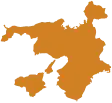






Hokkaido

Tohoku

Greater Tokyo

Central Japan

Kansai

San'in

Setouchi

Shikoku

Kyushu

Okinawa





